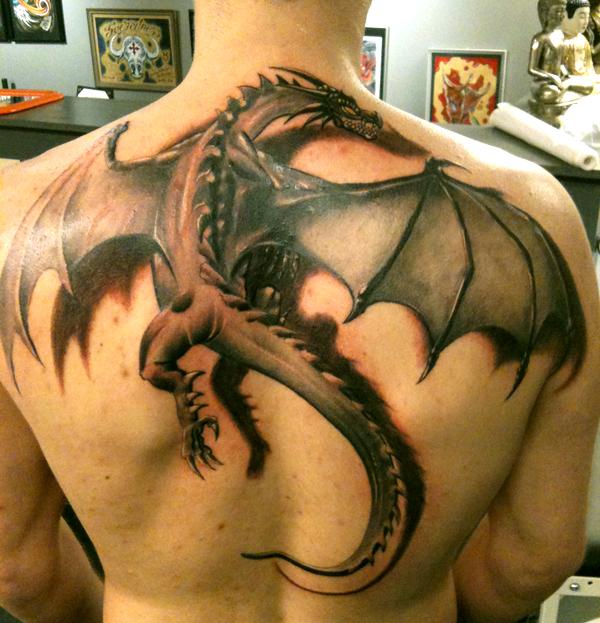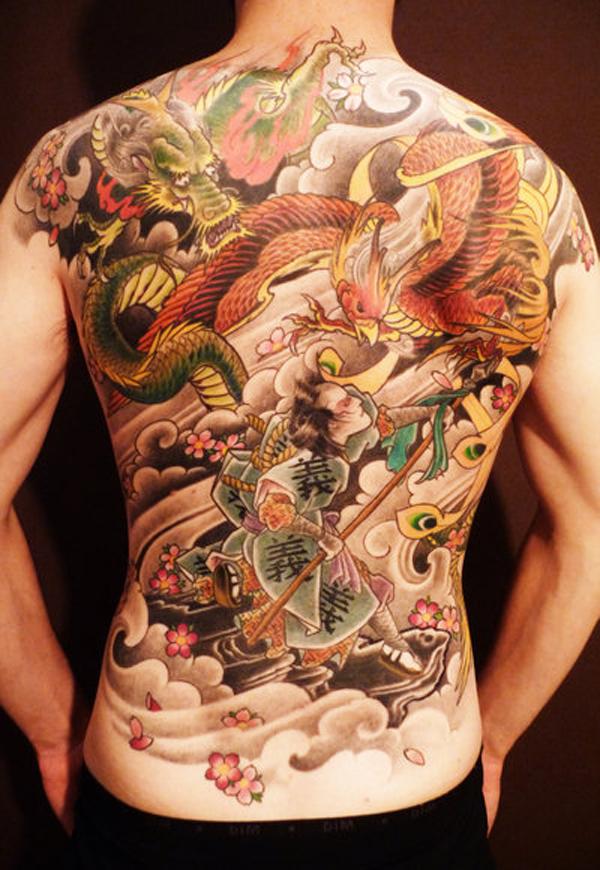Dragon Tattoos Biography
Source:- Google.com.pk
Welcome to PakEarn.com (Facebook Photo Posting Jobs)
Born: 1985
Birthplace: Bedford, New York
Best known as: The American version of The Girl with the Dragon Tattoo
Name at birth: Patricia Rooney Mara
Rooney Mara is the American actress who appeared in 2010's The Social Network, and then won the lead role for the Hollywood version of The Girl with the Dragon Tattoo. Mara grew up in New York, where she was raised in a football family: her mother's grandfather, Art Rooney, Sr., founded the Pittsburg Steelers, and her father's grandfather, Tim Mara, founded the New York Giants. Rooney Mara began acting after leaving high school in 2003, first as a student at New York University, then in New York-based television shows. She relocated to Los Angeles in 2007 and began getting small roles on TV and in feature films. Mara was a standout in the 2009 films Youth in Revolt and Tanner Hall, and in 2010 she starred as the protagonist in the remake of A Nightmare on Elm Street. Although her role is small in David Fincher's The Social Network, Mara's brief scenes are key to the story of the founding of Facebook -- she plays Mark Zuckerberg's almost-girlfriend. Fincher then named her for the role of Lisbeth Salander, the tough-as-nails heroine from Stieg Larsson's Millennium trilogy. Mara was chosen to be in three films, American re-makes of the Swedish films starring Noomi Rapace: The Girl with the Dragon Tattoo, The Girl Who Played with Fire and The Girl Who Kicked the Hornet's Nest.
Extra credit: Rooney Mara's sister is actress Kate Mara... After working in an orphanage in Kenya, Rooney Mara founded the charity Faces of Kibera... Mara is a 2010 graduate of the Gallatin School of Individualized Study at New York University.
Lisbeth Salander, known for her "crooked smile," is one of the most intriguing characters to hit bookstores ever. She was born on Walpurgis Night, April 30th. This holiday marks the return of spring. On Walpurgis Night, Swedish people burn bonfires, traditionally to ward off witches and evil spirits, but also to get rid of garbage. (This will prove rather ironic when we get to The Girl Who Played With Fire.)
Salander is Irene Nesser and Monica Sholes when she stealing Wennerström's millions, and Wasp when she's hacking. Often, you won't even see her. She's behind the scenes, watching, listening, making things happen, anonymous. Salander's appearance (tattoos, piercings, provocative T-shirts, spiky hair, short skirts) and her unusual mannerisms give those who encounter her plenty of room to misjudge and stereotype her.
Hmm. Miss Salander seems rather familiar…. The awesome mental processing, the questionable morality, the cold gaze, the difficulty interacting "normally" with people, the seeming lack of emotion, the underground pursuit of justice, the holding back of information from the cops and other authorities, the use of technology and scientific reasoning to solve crimes…. Why, she's a lot like our good old famous British friend from the 1890s, Sherlock Holmes, who has influenced just about every detective that came after him.
We also wouldn't be surprised to find her in an episode of Teenage Mutant Ninja Turtles or a chapter from X-Men. But no chemical agent transforms Salander into the daring, troubled, vigilante genius we see before us. She was born with her powers (like Holmes) and, as future books explore more deeply, she was transformed by corrupt people in the mental health and social welfare system, among other things. As strong as Salander is, she's very vulnerable and full of self-doubt. She's isolated by the mysterious trauma of her past, and by her official status as a mentally ill person. Not wanting her friends to find out stops her from turning to them for help when she really needs it.
With a photographic memory, a proclivity for snooping, and a genius for hacking, she's the perfect private investigator-vigilante. She uses her PI work to make a living and, more importantly, to expose corrupt individuals. Certainly, many would argue that Salander herself is corrupt. She is a never-ending moral quandary. Whatever we think of her moral code, we admire her desire to protect those who can't protect themselves.
Based On…
In a rare interview, Stieg Larsson said:
I picked up Pippi Longstocking. What would she be like today? What would she be like as an adult? What would she be called? Sociopath? DAMP-child? She has a different view of society than others. […] I made her into Lisbeth Salander, 25 years old, with a feeling of being a total outsider. (source)
Pippi Longtocking, real name Pippi Långstrump, is the redheaded, pointy-braided child star of Swedish author Astrid Lindgren's beloved series of ten stories. And yes, Salander is indeed a redhead, though she literally hides her Pippi-roots by dying her hair black.
At one point Salander has a metafictional moment, and takes a swipe at her author, saying, "Sombody'd get a fat lip if they ever called me Pippi Longstocking on a newspaper placard" (2.104). We thinks she doth protest too much! In The Girl Who Played With Fire we see that Salander takes her Pippi-ness quite seriously.
Both Salander and Pippi use questionable methods to serve what they consider to be a greater good, and both have a fierce moral code. Both are alone in the world at a young age, and both have some pretty amazing powers. Pippi's so strong she can lift horses, and Salander makes up what she lacks in strength with technology, brainpower, and nerve.
Pippi is always smiling. For fun, count the times Salander smiles her "crooked smile," and for bonus points, find where she smiles her "crooked non-smile." We promise you, the parallels and non-parallels don't stop there. So, if you're looking for what to read next, might we recommend Pippi?
Dragon Tattoos Tattoss for Girls Tumblr on Shoulder on Wrist Quotes on Wrist Tumblr on Foot on Hand on Ribs Designs On Ankle

Dragon Tattoos Tattoss for Girls Tumblr on Shoulder on Wrist Quotes on Wrist Tumblr on Foot on Hand on Ribs Designs On Ankle

Dragon Tattoos Tattoss for Girls Tumblr on Shoulder on Wrist Quotes on Wrist Tumblr on Foot on Hand on Ribs Designs On Ankle

Dragon Tattoos Tattoss for Girls Tumblr on Shoulder on Wrist Quotes on Wrist Tumblr on Foot on Hand on Ribs Designs On Ankle

Dragon Tattoos Tattoss for Girls Tumblr on Shoulder on Wrist Quotes on Wrist Tumblr on Foot on Hand on Ribs Designs On Ankle

Dragon Tattoos Tattoss for Girls Tumblr on Shoulder on Wrist Quotes on Wrist Tumblr on Foot on Hand on Ribs Designs On Ankle


Dragon Tattoos Tattoss for Girls Tumblr on Shoulder on Wrist Quotes on Wrist Tumblr on Foot on Hand on Ribs Designs On Ankle

Dragon Tattoos Tattoss for Girls Tumblr on Shoulder on Wrist Quotes on Wrist Tumblr on Foot on Hand on Ribs Designs On Ankle

Dragon Tattoos Tattoss for Girls Tumblr on Shoulder on Wrist Quotes on Wrist Tumblr on Foot on Hand on Ribs Designs On Ankle

Dragon Tattoos Tattoss for Girls Tumblr on Shoulder on Wrist Quotes on Wrist Tumblr on Foot on Hand on Ribs Designs On Ankle

Dragon Tattoos Tattoss for Girls Tumblr on Shoulder on Wrist Quotes on Wrist Tumblr on Foot on Hand on Ribs Designs On Ankle

Dragon Tattoos Tattoss for Girls Tumblr on Shoulder on Wrist Quotes on Wrist Tumblr on Foot on Hand on Ribs Designs On Ankle

Dragon Tattoos Tattoss for Girls Tumblr on Shoulder on Wrist Quotes on Wrist Tumblr on Foot on Hand on Ribs Designs On Ankle

Dragon Tattoos Tattoss for Girls Tumblr on Shoulder on Wrist Quotes on Wrist Tumblr on Foot on Hand on Ribs Designs On Ankle

No comments:
Post a Comment